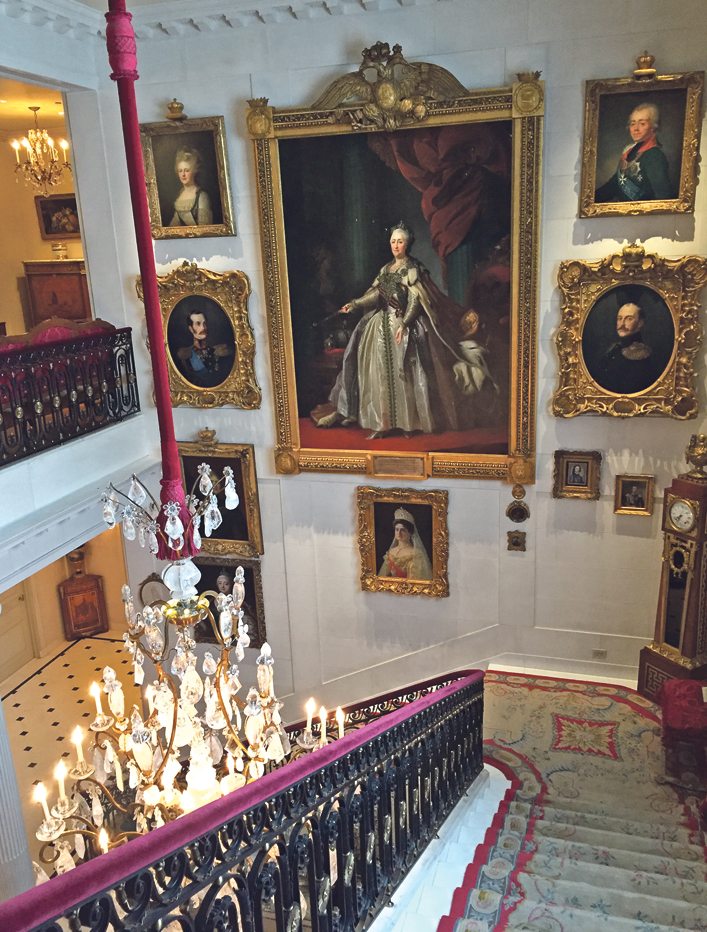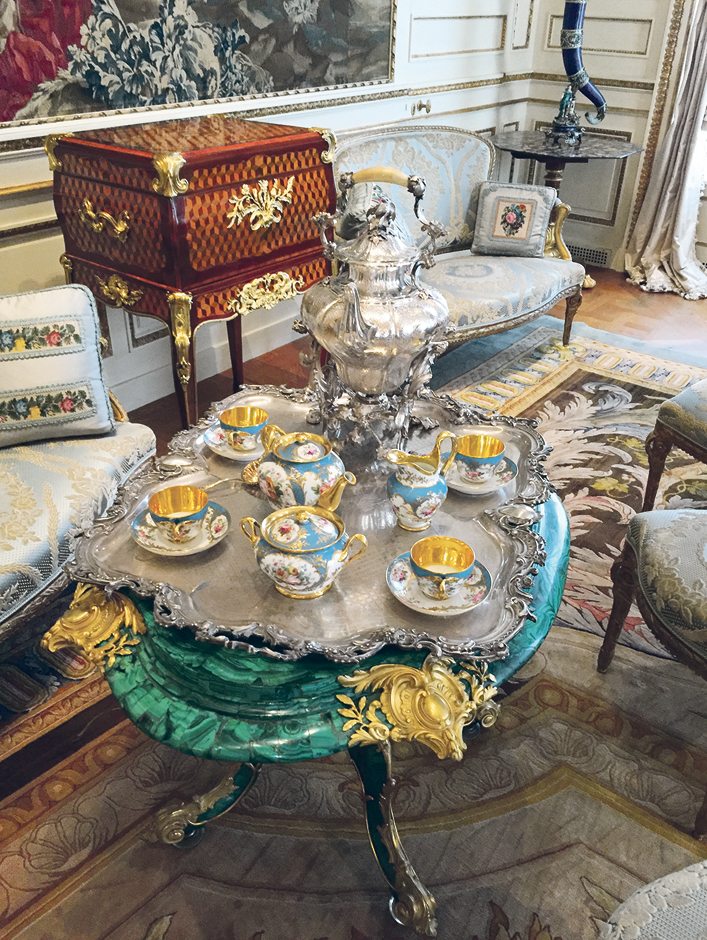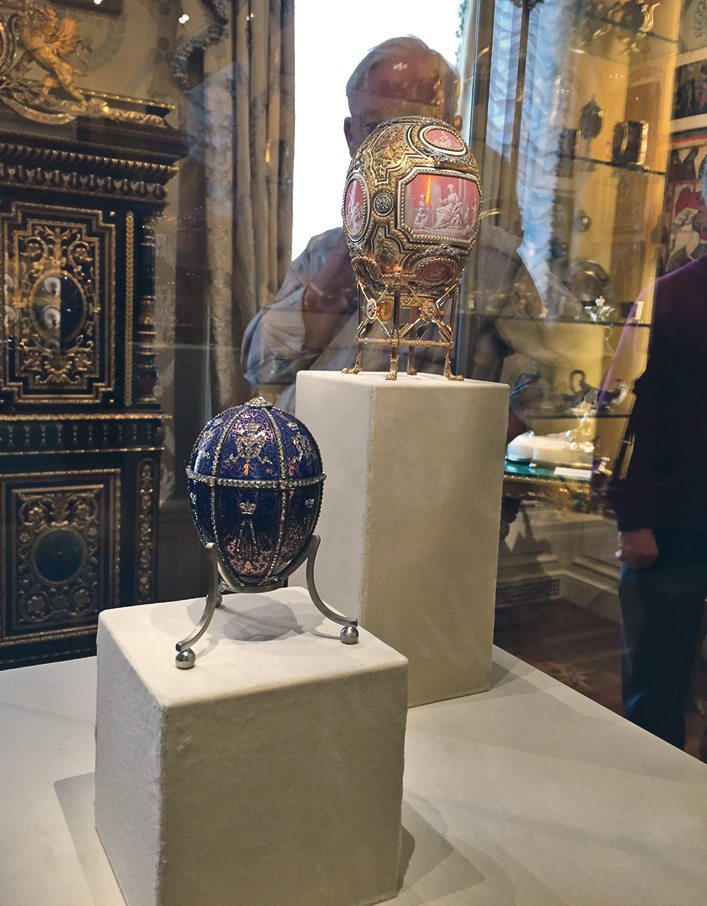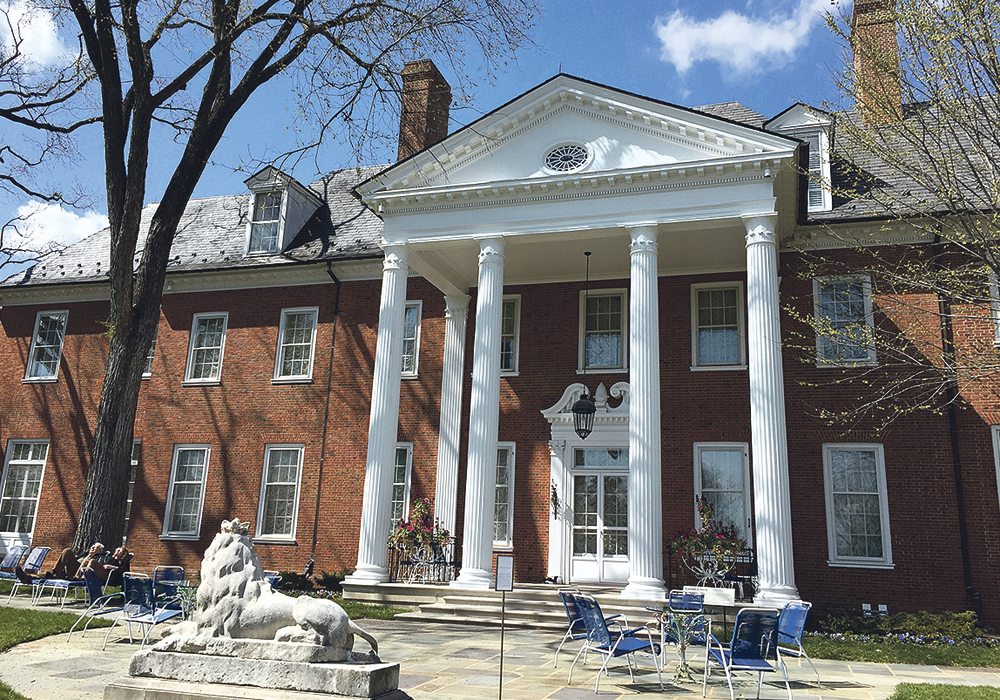Merriweather Post took the fortune created by her family’s food empire and built an astounding art collection
WASHINGTON, D.C. — Lounging luxuriously on a 25-acre estate in the heart of the United States capital is a temple to the wealth once created by the invention of breakfast cereals.
The Hillwood House is also testimony to the farsightedness of Marjorie Merriweather Post in the 20th century food industry, and of the discrimination faced by mid-century women in the industry.
Merriweather Post took the fortune created by her father’s creation of the Post cereals and food companies and combined it with the wealth earned by her own development of the Post food empire. With it, she built a collection of Russian imperial art and French 18th century treasures that she bequeathed, along with Hillwood, to the public.
Read Also

Urea prices heading higher: analyst
A fertilizer market analyst thinks urea prices have bottomed out and are heading higher through the first quarter of 2026.
Her father, Charles William Post, invented in 1895 Postum, a non-alcoholic barley beverage and also developed Grape Nuts and other cereals. At the time, boxed breakfast cereals seemed a radical idea and Post’s and rival Kellogg’s products were part of a food revolution that swept the U.S. and Canada.
C.W. and his wife both died in 1914, leaving the company to Marjorie, their only child. Rather than simply living the lifestyle of a wealthy heiress, Marjorie kept her nose in the food business. However, rules and social mores at the time prevented a woman from taking a seat on the board of her own company and for years she had no direct say in the operations of her company.

Marjorie went through four husbands, with each adding something to her evolution of the Post company and her expanding collection of artworks. Usually both occurred together.
Her second husband, famed investor E.F. Hutton, stopped Marjorie from investing in an idea that seemed as crazy at the time as boxed cereals had been three decades earlier: refrigeration. Marjorie discovered a developer and manufacturer of refrigeration equipment in New England and wanted to buy his company. She believed refrigeration would spark a revolution, but Hutton said nobody would want refrigerators in their houses and restaurants would never install them. He said no to the purchase.

Instead of buying the company for US$10 million in 1920, they bought it for $23 million in 1923 as refrigeration began to seem like a less crazy idea and Hutton admitted he had been wrong.
The wealth continued to pile up and Marjorie amassed a pile of Russian artworks, including Faberge eggs, while her third husband served as American ambassador to the Soviet Union in the mid-1930s.

Those Russian pieces, along with French 18th century art and furnishings, adorn the Hillwood House. However, the building also recognizes her food-industry interest, with a commercial-style kitchen which, naturally, contains bountiful refrigeration.
She had three main homes. The Hillwood House is operated by a charitable foundation and can be visited by the public.
The other, an estate developed by Merriweather Post in the mid-1920s, is owned and lived in by another wealthy socialite: U.S. President Donald J. Trump, who purchased Mar-a-Lago in 1985, 12 years after her death.
















